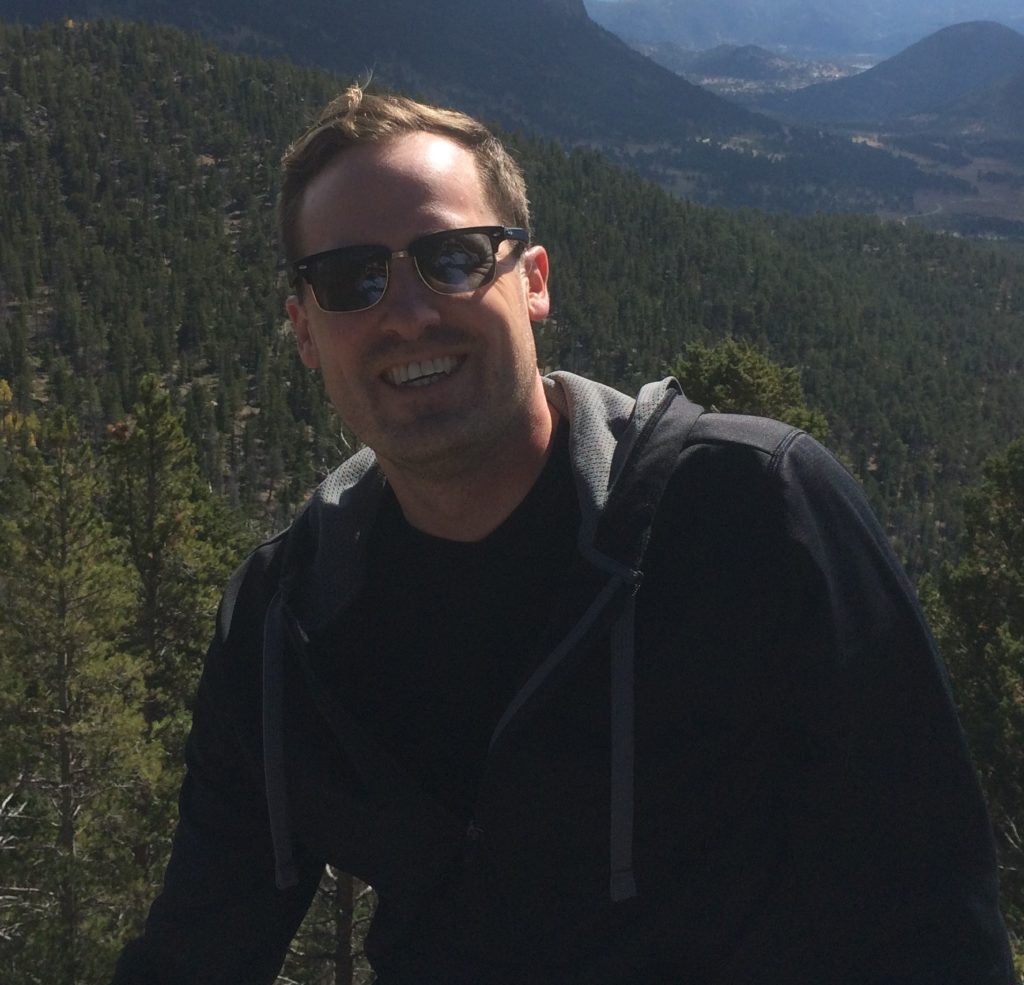Quantum Networking at the AFRL Information Directorate (Rome, NY)
January 21 (Thursday), 2021
Virtual via Zoom
Abstract: Quantum networks promise the ultimate in secure connectivity providing channels of communication that are both tamper proof and tamper evident. A quantum network can be executed by remotely linking distant memory nodes comprising qubits via photon-based qubit interconnects. AFRL is pursuing a multi-pronged approach to develop in-house quantum networking capabilities that ultimately may move beyond a well-controlled research laboratory environment towards fieldable demonstrations. (Approved for Public Release (88ABW-2019-5128))

Biography: Dr. Matt LaHaye is a senior research physicist with the United States Air Force Research Laboratory (AFRL) Information Directorate’s Quantum Information Science Branch in Rome, NY. In this capacity, Dr. LaHaye is leading an effort to develop a superconducting and hybrid quantum systems group in support of AFRL’s objective to develop heterogeneous quantum networking capabilities. Prior to joining AFRL, from 2009 to 2019, Dr. LaHaye served on the faculty of the Department of Physics at Syracuse University (SU), where his research focused on the development of superconducting devices to elicit and explore the quantum properties of motion in nanoscale structures. During his time at SU, Dr. LaHaye was a recipient of the National Science Foundation’s Faculty Early Career Development award and multiple teaching awards for his efforts teaching at both undergraduate and graduate level courses. Dr. LaHaye has a Ph.D. in low-temperature condensed matter physics from the University of Maryland, College Park. While studying at Maryland, LaHaye and his colleagues developed a new type of radio frequency displacement detector, which enabled some of the first experiments to study the role of the Heisenberg uncertainty principle in the sensing of motion. Subsequently LaHaye received a CPI (Center for Physics of Information) postdoctoral scholarship at Caltech, in Pasadena, CA. There, his work involved the development of the first experimental platform to integrate superconducting quantum bits (qubits) with nanoscale mechanical elements, a system that has demonstrated strong potential to serve as a test bed for quantum information processing and studying quantum phenomena in macroscopic limits. A native of the Finger Lakes region, Matt enjoys spending his free time with his family, traveling, and exploring the sights and sounds of Upstate New York.
